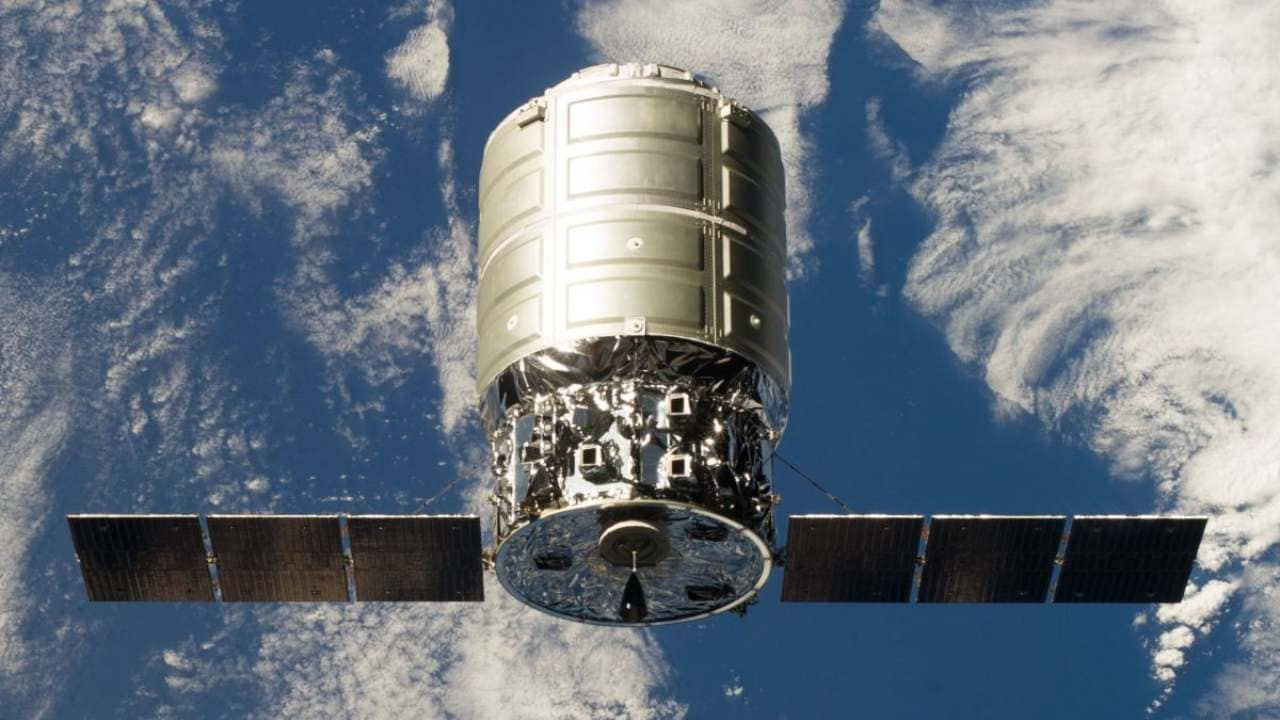
- #Spacecraft thrusters tilt international space station update#
- #Spacecraft thrusters tilt international space station series#
- #Spacecraft thrusters tilt international space station free#
The work required to capture Dragon will be conducted in the Cupola’s Robotic Work Station (RWS), with the Lab’s RWS classed as a hot back up, in case of issues with the former. The role the ISS’ robotics have to play in making this mission a success are vital, not least due to Dragon being captured and berthed to the ISS – like Japan’s HTV, as opposed to Dragon docking to the Station – the same way as Europe’s ATV arrives.

“After the MT Translate on Thursday, the system (is) in a good configuration for SpaceX grapple and berthing.”
#Spacecraft thrusters tilt international space station update#
No issues,” noted L2’s ISS Update Notes ( L2 Link). “SSRMS Double Walk Off to Node 2 Completed – Late Wednesday, ground controllers completed the double walk-off of the SSRMS from MBS PDGF 1 to MBS PDGF 3 to NODE 2 PDGF. The Mobile Transporter (MT) also translated to its supporting position on Thursday. In preparation for Dragon’s arrival at the ISS, the Station’s “big arm” conducted a “double walk off” from its previous location at the Mobile Base System (MBS) Power Data Grapple Fixtures -1 (PDGF-1) to Node 2’s PDGF. (A more expansive mission profile article will follow in the run up to the mission).Ĭlick here for other Dragon News Articles:
#Spacecraft thrusters tilt international space station free#
Several additional Go/No Go decision points will be reached during the approach and required burns, prior to arriving at the capture point, allowing the ISS’ Space Station Remote Manipulator System (SSRMS) arm to capture the spacecraft, after the crew inhibit the ISS thrusters and command Dragon to free drift. The Mission Management Team (MMT) at the Johnson Space Center (JSC) and the team at SpaceX’s HQ will then evaluate a Go/No Go for Dragon to conduct final C2 (D2) and opening C3 (D3) mission elements, including the HA3/CE2 burn pair, resulting in Dragon approaching to 1.2 km distance below the ISS. Once on orbit, Flight Day 1 and 2 will involve Dragon carrying out the opening C2 (D2) mission requirements during what is known as far field phasing, involving abort demos, free drift, Assisted GPS and other tasks – according to a flight plan walkthrough overview ( L2 Link).ĭragon will then greet the ISS on Flight Day 3, flying 2.5km under the Station, with commands between the two spacecraft. This is due to the combined nature of the mission, approved by NASA following the success of the opening Dragon demonstration mission (C1/D1).įirstly, SpaceX’s Falcon 9 – a two stage rocket, with both stages burning RP-1 propellant with liquid oxygen oxidiser, consisting of a first stage powered by nine Merlin 1C engines, and a second stage powered by a single Merlin Vacuum engine – has to complete its role of safely lofting the Dragon uphill. However, a large amount of mission requirements have to proceed as advertised to get to such a historic moment in US space flight. While this is a demonstration flight – with the first Commercial Resupply Services (CRS) mission scheduled for later in the year – Dragon will be carrying a manifest of cargo, to be retrieved by crewmembers on the ISS after the hatches between the two vehicles are opened. SpaceX have an appointment with history, as they prepare to conduct a mission that will technically mark the opening salvo of commercial resupply runs to the orbital outpost.
#Spacecraft thrusters tilt international space station series#
Currently set to launch NET (No Earlier Than) April 30, Dragon will have to successfully complete a series of demonstration milestones, prior to permission being granted to approach the Station for berthing via the SSRMS.

The International Space Station’s robotic arm has completed a double walk-off to be in position to grapple SpaceX’s Dragon spacecraft next month.


 0 kommentar(er)
0 kommentar(er)
